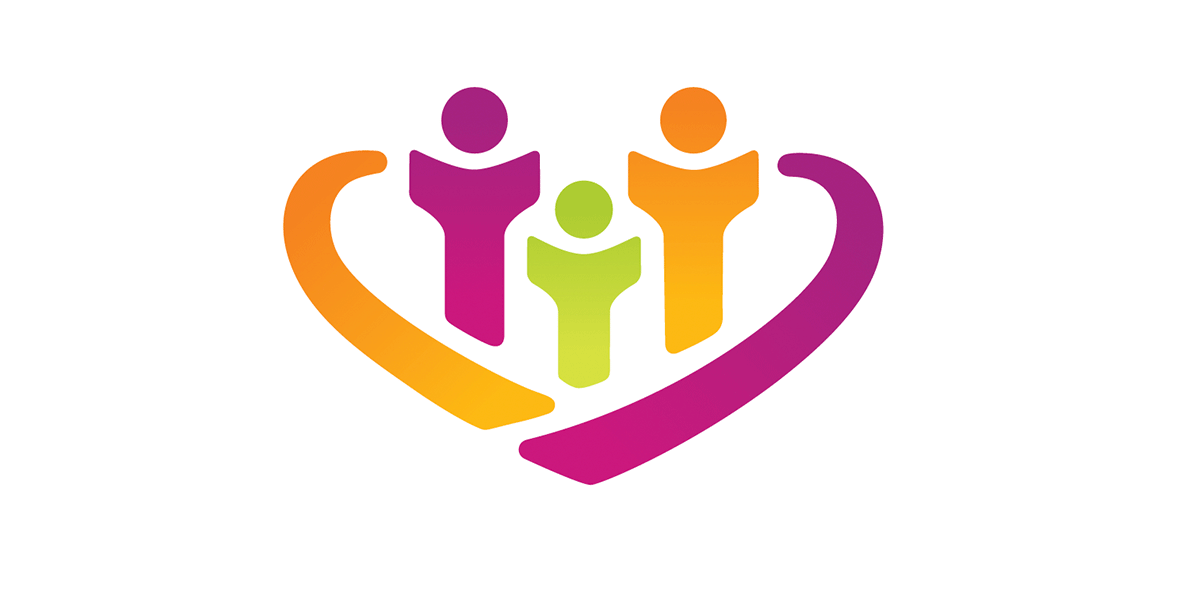Healthcare Access and Social Drivers of Health
Since 1984, we have operated government-sponsored healthcare programs that save money and improve health outcomes. From the start, we have been committed to removing barriers to healthcare and continue to improve access, quality and affordability.
Health Equity and Social Drivers of Health
Our company has a long history of not only providing equitable care and access for all members, but also identifying and addressing barriers to health. From provider accessibility initiatives and innovative behavioral health strategies to programs addressing food insecurity and affordable housing needs, Centene and our health plans develop tailored, local programs and campaigns to support members through solutions that promote whole-person care and enhance health equity.

Managed Health Services (MHS) Indiana prioritized their efforts around birth equity by addressing disparities among Hispanic and Black birth-givers in part by establishing doula services. Doulas can help address racial disparities by providing additional support and advocacy as well as care that is culturally relevant. MHS Indiana also collaborates with community partners to help grow local career paths and living wages for lactation consultants, doulas and maternal community health workers.
Community Screening for Drivers of Health
Across multiple states, Centene health plans have implemented technology platforms to connect members with community benefit organizations. The platforms enable centralized access to community support systems, helping members access resources for improved health and quality of life. These platforms also provide the crucial benefit of real-time information gathering from members about their needs. We can use this data to better understand social drivers of health (SDOHs) in local contexts and develop relevant programs and systems to advance health equity. An example of this is the Mobex Community Kiosks program, which allows us to gather SDOH data while providing convenient access to care. These kiosks, which can be found in provider offices, retail stores, libraries and shelters, enable members to:
- Request support for food or housing insecurity.
- Access educational resources for maternal health.
- Utilize mental health and language translation services.
- Schedule telehealth appointments.
While accessing this information, members are also asked to complete SDOH assessment questions that are uploaded into Centene’s database. The aggregate data is used to evaluate and explore new solutions to member care.
Healthcare Access
Provider Partnerships
Centene has also implemented value-based models of care to align incentives for healthcare providers with health outcomes for our members. Rather than the standard fee-for-service model that pays providers for each service they provide, value-based models reward providers for quality patient outcomes. Centene piloted this approach with Medicare and has since achieved significant growth in value-based contracts across our portfolio, including in Medicaid and Marketplace products over the last several years. To expand access to the clinical benefits driven by value-based care, we work with a variety of provider entities and third-party facilitators to help aggregate small primary care provider groups and individual care providers. These smaller practices tend to care for members in rural or less mature managed care markets. Additionally, we pursue risk models with primary care providers and specialized vendors to manage certain conditions.
Percentage of members in value-based contracts by product as of 12/31/2023:

Virtual Care
Virtual care not only expands access to and ensures continuity of care but can also enhance and optimize our members’ healthcare experiences. Through national telehealth partnerships, we aim to deliver high-quality, patient-centered care in the way that works best for our members — easily accessible and when they need it.
In 2023, Centene partnered with various telehealth vendors to provide over 13 million virtual visits to our members. We continue to expand our virtual care network with a focus on holistic delivery of care. Our network has expanded to include specialty services such as pediatric therapy, dermatology and substance use disorder treatment.
Improving Care for People with Disabilities
In general, Medicaid and Medicare members with disabilities receive less preventive care than those with no disability, often attributed to physical access difficulties. The Centene Provider Accessibility Initiative (PAI), designed in collaboration with the National Council on Independent Living, strives to provide equal access to quality healthcare and services that are physically and programmatically accessible for our members with disabilities and their companions.
The PAI also focuses on improving the accuracy and transparency of disability access data in provider directories. The PAI’s Barrier Removal Fund (BRF) offers in-network providers the ability to receive funding for enhancements to their healthcare facilities that will increase access and ease of care for patients with disabilities. Selected applicants are awarded grant money to fund projects that will directly benefit those with disabilities and their companions. Provider grants have funded several projects, including:
- Accessible exam tables and scales designed specifically for patients with disabilities.
- Programmatic accessibility items such as noise-cancelling headphones and weighted blankets.
- Americans with Disabilities Act-compliant structural improvements such as handrails, wheelchair ramps and automatic doors.
Since 2018, the BRF has contributed over $2.3 million in grants to 248 providers across 16 states.
See how Health Net deployed tablets and kiosks in key locations like medical centers and community organizations, so members can easily access resources and services to address their individual care and social factors impacting health.
RESOURCES & DOWNLOADS
INNOVATIVE PARTNERSHIPS
Happy (digital mental health resource)
Pyx Health (behavioral health app)

